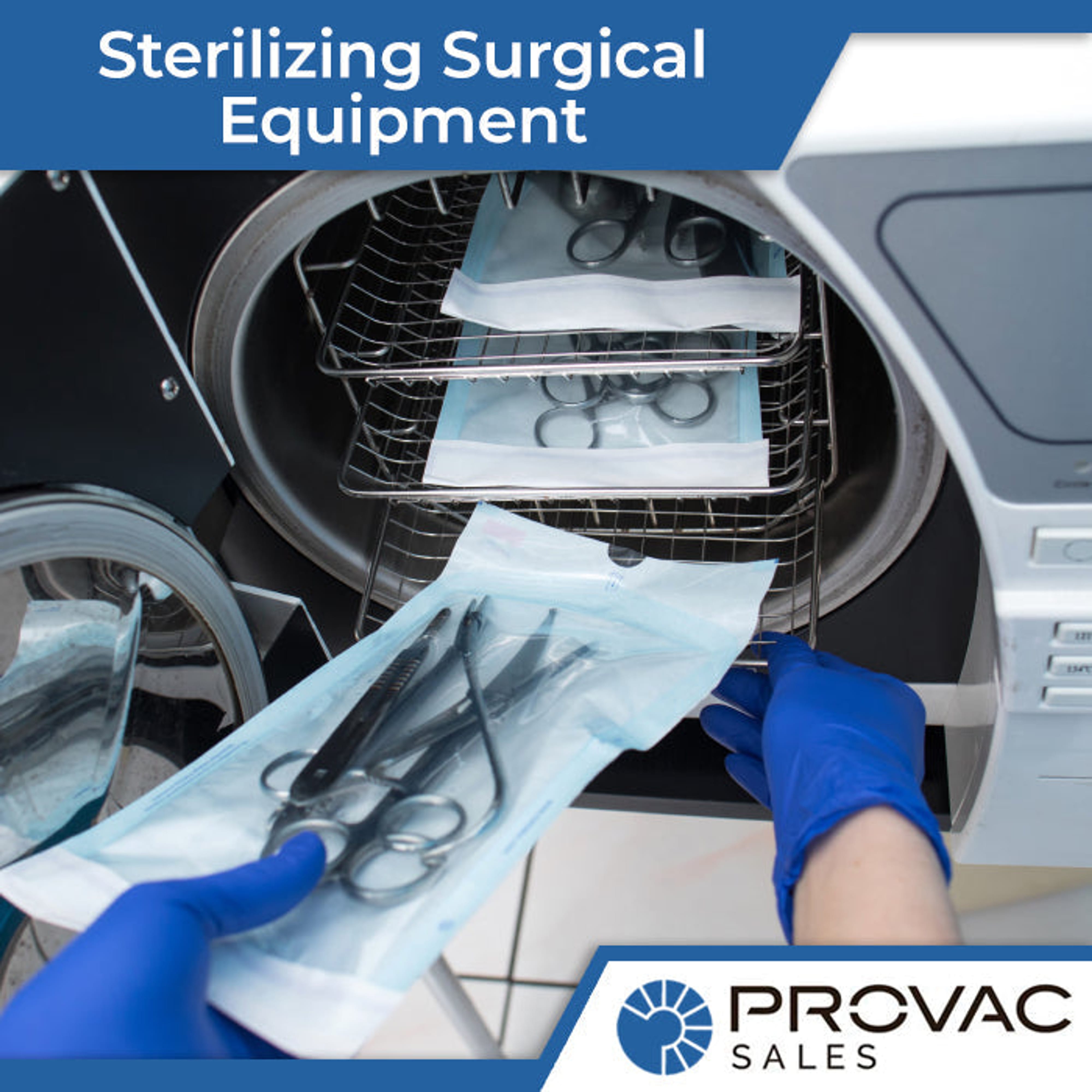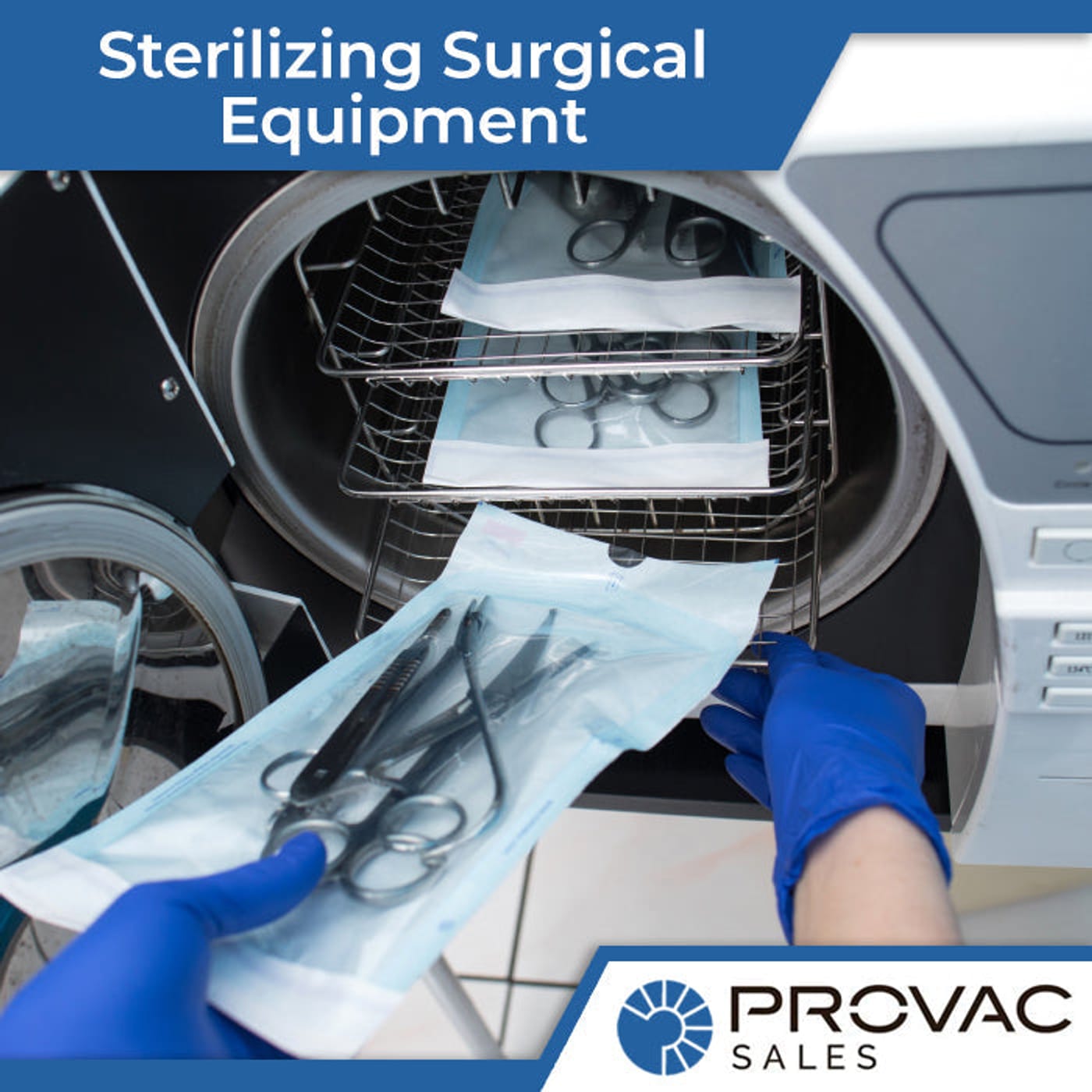Sterilization of surgical instruments is a critical process in healthcare settings to prevent infections and ensure patient safety. Vacuum pumps play a crucial role in this process, particularly in autoclave sterilization. Studies show that proper sterilization can reduce infection rates by up to 50%. Medical equipment sterilizers, such as autoclaves, use high-pressure steam at 121°C (250°F) for at least 30 minutes to effectively sterilize surgical instruments. To sterilize surgical instruments, healthcare facilities follow strict protocols that include cleaning, disinfection, and sterilization steps, ensuring that 100% of microorganisms, including highly resistant bacterial spores, are eliminated. Surgical equipment sterilization methods vary depending on the instrument type, with heat-sensitive items often requiring low-temperature sterilization techniques like ethylene oxide gas or hydrogen peroxide plasma.
Importance of Sterilization in Healthcare
Preventing Infections
Proper sterilization of surgical instruments is essential for preventing healthcare-associated infections. Contaminated instruments can transmit pathogens between patients, leading to severe complications.
Ensuring Patient Safety
Sterilized instruments are crucial for maintaining a safe surgical environment and protecting patients from potential harm during medical procedures.
Methods of Sterilizing Surgical Instruments
Steam Sterilization (Autoclaving)
Autoclaving surgical instruments is the most common and effective method of sterilization. It uses high-pressure steam to kill microorganisms on surgical tools.
Dry Heat Sterilization
This method uses high temperatures without moisture to sterilize heat-resistant instruments.
Chemical Sterilization
Certain chemicals, such as ethylene oxide, can be used to sterilize heat-sensitive equipment.
Radiation Sterilization
Gamma radiation is sometimes used for sterilizing medical devices, particularly for disposable items.
The Role of Vacuum Pumps in Sterilization
Creating a Vacuum Environment
Vacuum pumps for pharmaceutical applications, including sterilization, are essential for creating the low-pressure environment needed in autoclaves.
Enhancing Steam Penetration
By removing air from the sterilization chamber, vacuum pumps ensure better steam penetration into instruments, especially those with complex designs.
Improving Drying Process
After sterilization, vacuum pumps help in the drying process by removing moisture from the sterilized instruments.
Types of Vacuum Pumps Used in Sterilization
Oil-Sealed Rotary Vane Pumps
These pumps are commonly used in autoclaves due to their reliability and ability to handle high temperatures.
Dry Pumps
Dry pumps are increasingly popular for their oil-free operation, reducing the risk of contamination.
Liquid Ring Pumps
These pumps are suitable for applications where water vapor tolerance is necessary.
The Sterilization Process Using Vacuum Pumps
Pre-Vacuum Phase
The vacuum pump removes air from the sterilization chamber, creating a vacuum environment.
Steam Injection
High-temperature steam is introduced into the chamber, penetrating the instruments thoroughly.
Sterilization Phase
The instruments are exposed to high-pressure steam for a specified time to ensure complete sterilization.
Post-Vacuum Phase
The vacuum pump removes steam and moisture, facilitating the drying of instruments.
Maintaining Vacuum Pumps for Sterilization Equipment
Regular Inspections
Routine checks help identify potential issues before they affect sterilization efficiency.
Oil Changes
For oil-sealed pumps, regular oil changes are crucial to maintain performance and prevent vacuum pump smoking.
Leak Detection
Regular leak checks ensure the integrity of the vacuum system.
Challenges in Sterilizing Surgical Instruments
Complex Instrument Designs
Instruments with lumens or intricate parts require special attention to ensure complete sterilization.
Heat-Sensitive Materials
Some modern surgical tools contain heat-sensitive components, necessitating alternative sterilization methods.
Biofilm Formation
Biofilms can protect microorganisms from sterilization, requiring thorough cleaning before the sterilization process.
Advancements in Sterilization Technology
Low-Temperature Plasma Sterilization
This method uses hydrogen peroxide plasma for sterilizing heat-sensitive instruments.
Ozone Sterilization
Ozone-based systems offer a chemical-free alternative for sterilizing medical equipment.
Smart Autoclaves
Modern autoclaves incorporate advanced monitoring and control systems for improved efficiency and reliability.
Best Practices for Sterilizing Surgical Instruments
Proper Cleaning Before Sterilization
Thorough cleaning of instruments is essential before the sterilization process to remove all organic matter.
Correct Packaging
Instruments should be properly packaged to allow steam penetration while maintaining sterility after the process.
Regular Validation
Sterilization processes should be regularly validated to ensure consistent effectiveness.
The Future of Surgical Instrument Sterilization
Integration of IoT Technology
Internet of Things (IoT) integration in sterilization equipment allows for real-time monitoring and data analysis.
Eco-Friendly Sterilization Methods
Development of environmentally friendly sterilization techniques to reduce energy consumption and chemical use.
Improved Material Sciences
Advancements in material science may lead to surgical instruments that are easier to sterilize or self-sterilizing.
The sterilization of surgical instruments is a critical process in healthcare settings, with vacuum pumps playing a vital role in ensuring effective sterilization. From creating the necessary vacuum environment to enhancing steam penetration and improving the drying process, vacuum technology is integral to modern sterilization methods.
As medical technology advances, the importance of reliable and efficient sterilization processes, supported by high-quality vacuum pumps, will continue to grow.
Healthcare facilities must stay informed about the latest developments in sterilization technology and maintain their equipment properly to ensure the highest standards of patient safety and care.





